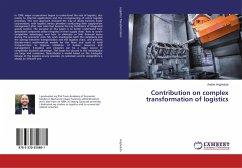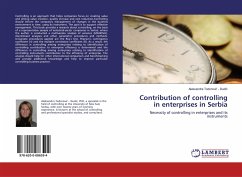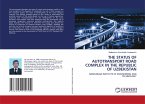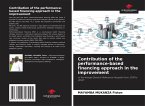In 1990, major corporations began to understand the role of logistics, due mainly to Internet applications and the re-engineering of entire logistics processes. This new approach changed the way of doing business inside corporations, with logistics service providers conducting their supply-chain management after new rules that became the key facilitators of integrated goods control. The purpose of this paper is to better understand how specialized companies utilize e-logistics in their supply chain, how to create competitive advantages, and how to eliminate or limit financial losses during the economic crisis. My work investigates both the complexity and the synergy between transportation and the logistics chain, and presents discrete-event mathematical models for the flows and costs of road transportation to improve utilization of human resources and management. E-logistics and s-logistics can be a major source of competitive business advantage. The bases for success in the marketplace are large and numerous. Nevertheless a model based on the triangular linkage of the logistics service provider, its customers and its competitors is always an efficient one.
Bitte wählen Sie Ihr Anliegen aus.
Rechnungen
Retourenschein anfordern
Bestellstatus
Storno








